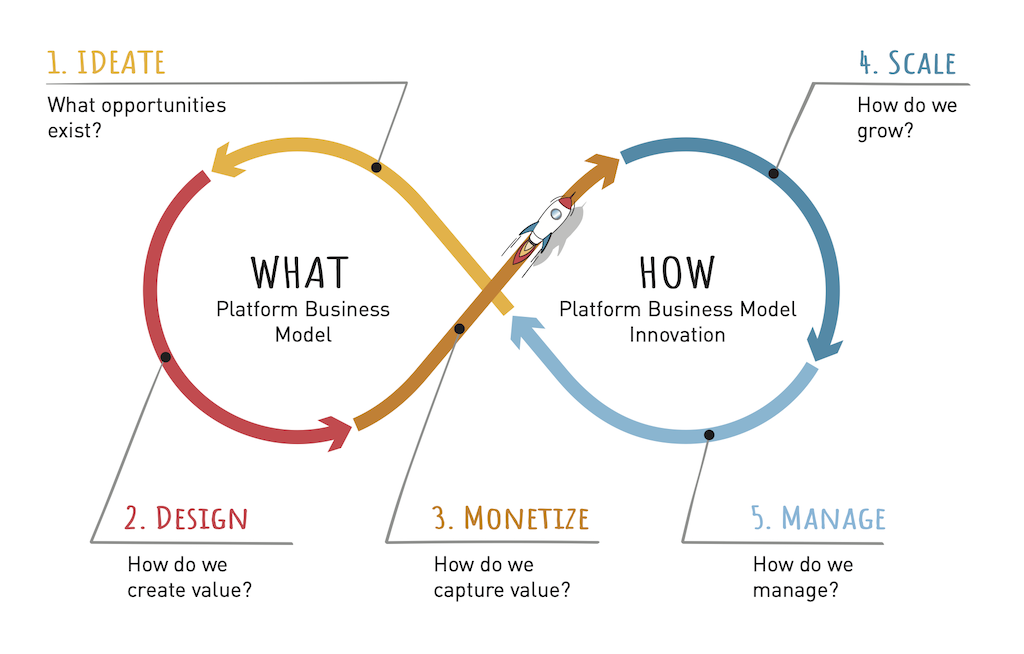Platform Navigator: Designing and Implementing Platform Business Models
Today, platform companies like Amazon, Alibaba, Apple and Google dominate our economy. In fact, eight out of the ten most valuable companies worldwide are built upon a platform business model. It is also evident that many more platforms are on the rise. They have the potential to disrupt various industries, from agriculture and healthcare to transportation.
Platform companies have been able to outperform traditional businesses by establishing themselves as digital intermediaries. Amazon and Alibaba, for example, facilitate transactions between sellers and buyers, Apple facilitates transactions between app developers and app users, and Google facilitates transactions between ordinary web users and advertisers.
However, it is not just about digital companies that have embarked on a platform journey. Platforms affect many traditional businesses and leveraging network effects will be vital for each and every company. By reviewing the most important literature and studying more than 150 cases, we have identified 88 patterns across five phases to design and implement platform business models. Not all patterns will be helpful for your business and the patterns are certainly not exhaustive. But we believe that every manager should be aware of them to sustain competitive advantage. Thus, the patterns will help you navigate through the Platform Economy.

